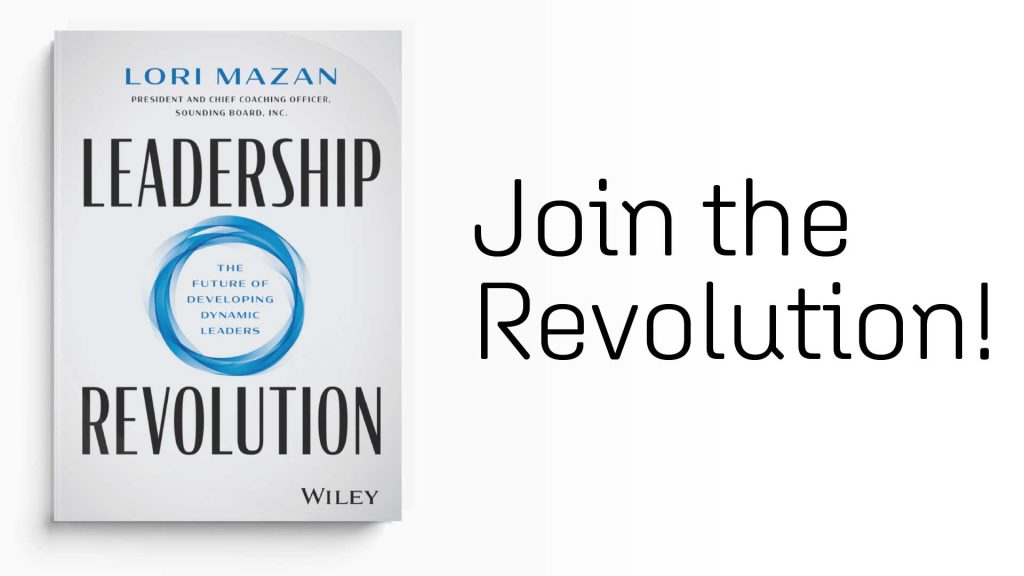- Products
Expand™
Expand development with scalable internal development programs.
Guide™
Explore guided development with external coaching from our global network of experts.
Transform™
Comprehensive development at all levels for internal and external programs.
Accelerate
Personal, professional coaching for individuals looking to expand their leadership capabilities.Leading Digital Transformations in the Age of AI
From increasing productivity and efficiency to completely revolutionizing industries, AI is transforming businesses worldwide. Yet, successful digital transformations require a human-centered approach to leadership and development.
- Solutions
1:1 Coaching
Develop dynamic leaders and future-proof your business.Individual Contributor
Help high-potential individual contributors discover the leader within.Group Coaching Leadership Labs
Enable collective learning and collaboration through group coaching.Group Coaching Leadership Studios
Enhance your existing leadership development program with group coaching.Mentoring Module
Provide insight, guidance, and support through Sounding Board’s Software.On-Demand Coaching Module
Give leaders extra support when they need it through our software.
- Leadership Gaps
Technology Leaders
Protect your organization by developing leaders who drive the impact you need.New Managers
Help new managers thrive by fostering their development from the start.
High Potential Employees
Help retain high-potential employees while developing foundational leadership capabilities to empower them throughout their careers.
Diversity, Equity, & Inclusion
Develop emerging leaders from underrepresented groups to leverage diverse perspectives.
Change Management
Support your agents of change by developing the key capabilities needed to initiate and influence.
- Industries
Technology
Navigate talent shortages, remote work, and digital transformation.
Professional Services
Imporve quality employee recruitment, training, and retention.Government + Education
Leadership development is a critical component of good public governance.
Healthcare
Improve organizational effectiveness and efficiency.Financial Services
Promote diversity, communication, and the development of new skills.Retail
Create clear paths of communication and empower leaders to think strategically.
- Resources
Blog
Find industry insights, company news, and thought leadership.
Client Stories
Listen to our clients and learn about their experience with Sounding Board.
Webinars + Events
Register to upcoming events and watch past webinars on relevant topics.

Podcasts
Our curated collection of episodes provides valuable resources to help you navigate the complexities of leadership in today’s dynamic world.
Library
Access our valuable resources, providing a wealth of information and perspectives.
Lori Mazan, co-founder and Chief Coaching Officer of Sounding Board, offers talent development, learning leaders, managers, and executives a practical strategy guide for shaping the next generation of leaders.
- About Us
Our Story
We’re on a mission to develop dynamic leaders at all levels.
Our Point of View
Discover our proven approach to coaching and dynamic leadership.
News + Press
Stay updated on the latest news developments at Sounding Board.
Become a Partner
Partner with us and together we can redefine leadership development together.






